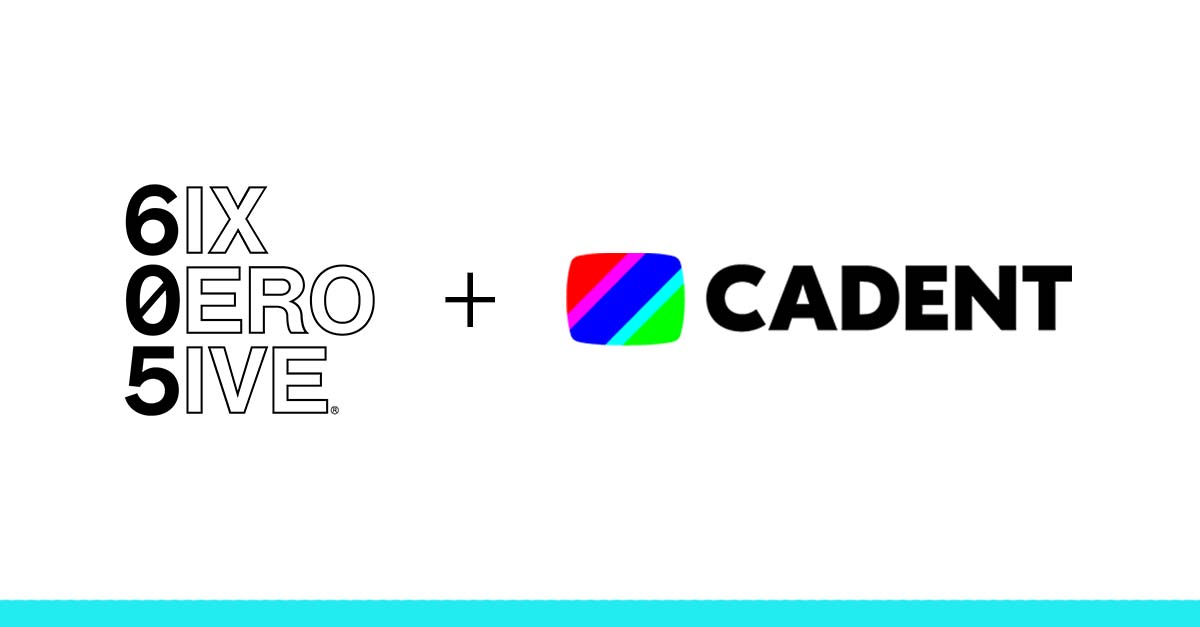There’s no better predictor for which TV shows a household will watch than understanding what they’ve already watched. However, there’s still a ton of waste with TV tune-in ads. We’ve all seen commercials for shows that we have no intention of ever watching. These waste the viewer’s time and the programmer’s money.
Since the case is simple, tune-in was the pioneer category to leverage addressability. Smart use of set-top-box viewership data paired with MVPD partnerships means ads for TV programming can be targeted to viewers with more precision than ever before, at scale. Addressable ads are dynamically served whenever and wherever a targeted household is watching, therefore eliminating wasted dollars.
At one2one Addressable, we know using multiple platforms provides scale, and we know scale is necessary to drive ratings. With our MVPD partnerships, we use best practices for a holistic approach to tune-in campaigns offering programmers an aggregate view of targeting consumers watching desired content across multiple systems.
While operators own the inventory, understanding how to best leverage data across each platform offers a huge value to the programmers. And as media consumption and engagement continues to change, marketers must keep up and ensure they’re using the right tactics to find true target viewers.
If You Liked That, You May Like This
Set-top-box viewership is one of the most powerful data sets to use for data-informed campaigns, particularly in the entertainment category. One2one Addressable has executed more than 1,000 tune-in campaigns across network genres, around 85% of which have leveraged STB data for targeting.
By understanding the personalized viewership habits of each household, we can segment audiences based on a variety of attributes: light viewers, lapsed viewers, competitive viewers, or more broad genre-focused like documentary viewers, reality TV viewers, or live sports viewers. We can work with the suppliers to target uniquely-defined audience segments from the onset of the campaign and can then analyze the conversion differences by audience with back-end measurement. This can help inform the programmer of which audience segments are easily convertible vs. harder and therefore where more investments should be made across all media tactics.
However, there are other viable sources for finding valued audiences – beyond a household’s set-top-box viewership data. For the other roughly 15% of tune-in campaigns executed, audiences have been determined by using psychographic behaviors through third-party data sets or even a programmer’s own first party data. Or, in some cases, we’ve overlayed STB data with those other data sets.
On the other hand, in the case of a new premiere or tentpole event, programmers may cast a wide net to raise awareness, employing high-impact ads, out-of-home stunts, and content sponsorships to gain mindshare. Complementing those efforts with addressable support would guarantee increased frequency against the target. But what happens when we’re not sure who the target is?
Standard media planning tools provide a solid understanding of networks and programs the “should-be” audience is likely watching. But as the line between digital and television continues to blur, social data, for instance, can provide a wealth of insights. Nothing would be more valuable than finding people that are already actively engaging with the event topic or subject matter. For example, for a live musical event, a network could target people who tweeted about Broadway or a particular actor set to star in that televised event.
While the obvious goal of any programmer is to see positive conversion results to increase ratings, defining the addressable KPIs in relation to the holistic media plan during the planning process is a crucial factor to creating the campaign’s test design and understanding which targeting tactics would be most beneficial.
Measuring the Payoff
Once the campaign’s objectives are clearly defined and the campaign airs, how do we measure success? By evaluating each MVPD’s tune-in conversion results, we’re able to unify and report on the true value of the addressable campaign’s impact on the overall program performance.
In one example, for a returning season, a one2one Addressable campaign prompted an aggregated 67% lift in conversion comparing test vs. control target households, equating to over 1.6M converted households and 438,000 incremental households that would not have converted without the incremental addressable frequency. Additionally, the same campaign netted a 19% lift in conversion to subsequent airings of the program after the media support concluded thus proving sustained media effectiveness against the exposed audiences.
All analytics are presented in an interactive reporting dashboard which provides clients with standardized metrics and insights regarding campaign performance. The dashboard takes into account volume, conversion rates, percent of lift, conversion volume and how the factors work together to impact overall rating therefore providing necessary data to calculate a return on ad spend (ROAS). With conversion details, we can understand the dayparts, days of week, and networks that provide strongest performance for the programmer that can be applied to future campaigns across all media strategies.
We show programmers an overview of the campaign with transparency and make sense of the addressable tactics across the various systems, versus looking at each operator in a silo. This demonstrates overall impact on the promoted program or brand and how targeting an audience with increased frequency can influence results.
Beyond the Basics
There are a ton of learnings beyond tune-in conversion we can learn from an addressable campaign’s performance, especially on the digital side. For instance, the programmer may store content on their website, and in addition to driving program ratings, they may hope to increase web engagement. Working with a data partner, we could pixel the site to tie the household exposures back to web traffic. From there, the programmer may want to understand the audience segmentation of those going on their site, asking about demographics and the companies and brands that spark an audience’s online behaviors. At that point, we may opt to do a social study to further understand which brands will resonate stronger with that programmer’s content. Knowing that may help the programmer’s sales force prospect advertisers to further monetize their television inventory.
Implementing an addressable tune-in campaign presents us with an abundance of executional options. Once we’re able to clearly define the campaign objectives and necessary diagnostic data cuts, the measurement details could provide irreplaceable value to the programmer. By removing the waste, increasing frequency against high-value households and understanding best practices against all supply platforms, the granular analytics can be a key component of a program’s success. With each day, there are new targeting and measurement opportunities, even for the pioneer addressable category. Stay tuned for what’s to come.
Get more information on one2one Addressable.


























